The nerve center of my garden railroad is a caboose. Well, actually it’s a parts shed, storage barn, work station, snack pantry, and steam-up yard in the middle of my track loop (photo 1). Planned for years and built over the course of two years, I’ll now call it finished, although I plan to add “eyebrows” (single-board awnings) over the windows. I’d like to share the whys and hows of this caboose-like structure, because it is integral to the railway and the garden, as well as my happiness.
Why a garden caboose?
Cold in the winter and hot in the summer, my garage is too dark, too big to heat or cool, and too far from my railway. I’m often in the garden. I moved to California so I could garden 12 months a year but, if I were back in Maine, a sunny studio space would be even more important, probably solar heated.
Now, if I need to prune plants, dig carrots, or sweep paths, the tools are close at hand. During a steamup, the right tools and lubricants line the windowsill shelves. If an engine or coupler needs attention, I can quickly set it on my caboose work desk with overhead light and tweak the train, using parts from drawers behind me while keeping an eye on the railway out the window.
Good materials, good help
With help from five family members and three friends (photo 2) we built a 15′ x 7′ shed on a concrete pad, with a pedestrian door from Home Depot. As on a boxcar, a sliding fiberglass door is covered with a façade to match the exterior T1-11 plywood. It allows foot traffic in one door and out the other, possibly chasing a live-steam locomotive to turn down the throttle.
Rather than tiny prototypical windows, screened double-hung windows ventilate glue and butane fumes for my comfort. Two windows open onto outdoor benchwork so that my dogbone loop’s parallel tracks pass through the shed, or trains come to rest inside on a railyard (photo 3). Looking at photos of nearby Mt. Diablo, Angela Lagomarsino painted the mural.
A second-hand swamp cooler keeps us cool, with city water plumbed outside near a garden sink. To prevent that moisture from rusting wheels and drive rods, a small dehumidifier runs 24/7 in the train-storage cabinet, which son-in-law, Oak McCann, built with sliding clear doors (photo 3).
For extra insulation from sun, I wanted to build a living-green roof, but my carpenter friend, Peter deBethune, did the math and figured that I didn’t build the walls strong enough (2 x 3s instead of 2 x 4s—my bad). No worries—a new apricot tree shades the hot west side. I planted tall passionfruit (Passiflora caerulea, Zones 6-10) and grape vines (Vitis sp., Zones 5-9), which creep up the ladders on the east and south, providing shade and food (photo 4). The prototypical ladder of galvanized steel-pipe rungs is necessary for harvesting fruit and cutting back vines in winter so that the sun will warm the building. Two heaters quickly warm it up in winter and safely shut off automatically.
Add value
We built to code, with documentation by photos and Moe Trains electrician’s bills. My caboose, I told my husband, will be a good investment to the property, should we want to sell. Grounded 110V outlets, LED lighting, locks, and USB ports make a cozy, secure workroom. Rather than a skylight, the cupola provides a tiny guest room with a view.
We ended up paying less than it would have cost to get a mega-crane to lift a free full-scale caboose over the house into the garden. And mine is designed for my needs with a patio-height floor. Your caboose doesn’t have to be expensive. Kids in secondary-school vocational programs build sheds, which they sell to anyone in the community. Add your own cupola or request one. Google-image “high school sheds.”
Home-improvement stores sell ready-to-assemble sheds priced at $70 (for a kit that you build) to $4,000 (for one they install with a foundation). Add lighting and pet doors to run track into it. You could build a caboose on a trailer (with wheels) if your homeowner’s association or city law won’t allow a building on a foundation: https://tinyurl.com/caboose-trailer Check out this 15-part story with instruction and pictures: “Build your own simple shed from scratch” https://tinyurl.com/simple-shed
Customize it
The great thing about a garden caboose is that it’s not necessary. Take your time to make it inviting. Personalize it. Instead of a caboose, make it a depot with signage (photo 5) and maybe a waiting platform. Bob Gardine’s ground-level railway runs trains into the end of his caboose (photo 6)—could the knuckle coupler be designed to deter burglers at night?
What’s your caboose color? I prefer faded red-pink. My sister, Barbara Norris, weathered the caboose, applying gray tones using a strié faux painting style and other distressing techniques. Bob and Margaret Broostroms’ aquamarine caboose (photo 7) complements the pastels of their ground-level garden. Tom and Joan Mercer modeled Virginia & Truckee’s bright-yellow color (photo 8) for storage of trains and transformers alongside their raised planter railway garden.
No space? In photo 9, Bob and Debbie Kaplan fitted a narrow caboose into a tight alley between a fence and the house. Eric Maschwitz spent quite a bit of time finding accurate metal hardware for his boxcar storage unit. He designed the lettering in Adobe Illustrator software, then had custom stencils laser cut (photo 10). Mike Walls fashioned a wagon caboose to shunt trains from the garage to the garden (photo 11).
Said best by Joni Mitchell, “We’ve got to get ourselves back to the garden.” Your garden home-away-from-home might help you get there more often.
Home away from home
• Caboose: a North American term for the last railway car, equipped with a manual brake for those long-ago days before trains had continuous braking systems. In the UK they are called “brake vans.” Conductors had a desk for paperwork; crew had a cook stove, a cot, and other amenities. From the Dutch, kabuis means a ship’s cabin.
• Man cave: a room, garage, or cellar that is outfitted for manly projects, tools in metal drawers, usually a large TV, one chair, and a refrigerator. Manthropologists say the first one was an actual cave, needed for a man’s “personal expression.”
• She shed: in reaction to his cave. Add girly decor on a little outdoor building or garage with crafts, notions, and pink hammers—think Martha Stewart.
• Nan cave: Nancy’s studio/caboose
Zones are USDA Hardiness Zones
What features of your caboose help you to run and store trains?Bill Dressler
Bridgeport Connecticut, Zone 6-7
Penn cabin car
Trains returning from the garden railway have three choices: they can enter the main caboose section, go through portals into its extension, or travel around the back of the caboose on trackwork supported by shelf-type brackets. The reason for all this and the circular-trestle turnaround design was to avoid any obstruction in the caboose hallway itself.
The four-window bobber design allows operation and viewing from inside the caboose, with onboard video cameras projecting to an indoor screen. One or two full trains are stored on each of the caboose tracks and are controlled via their DCC addresses.





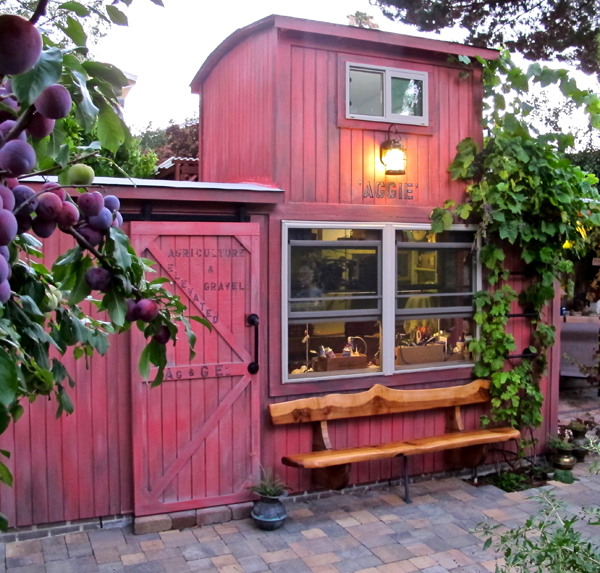
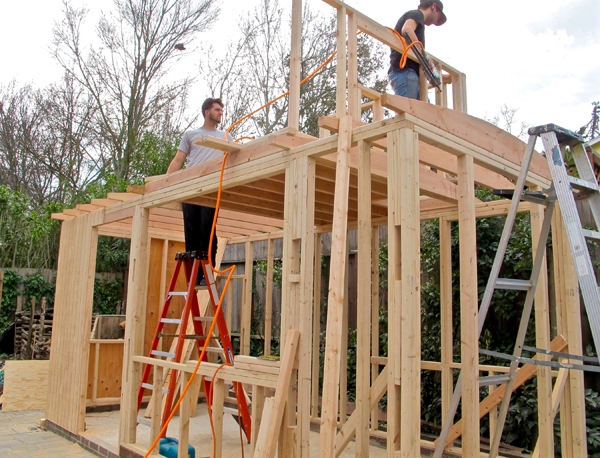
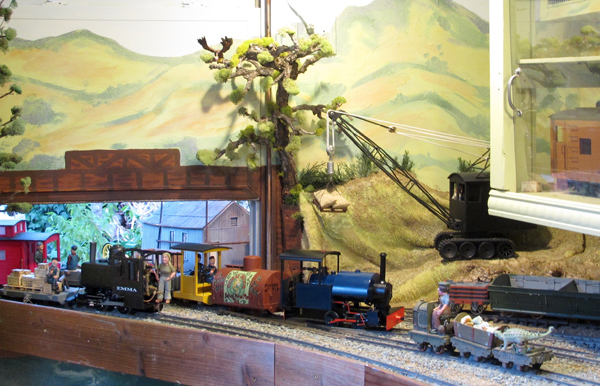
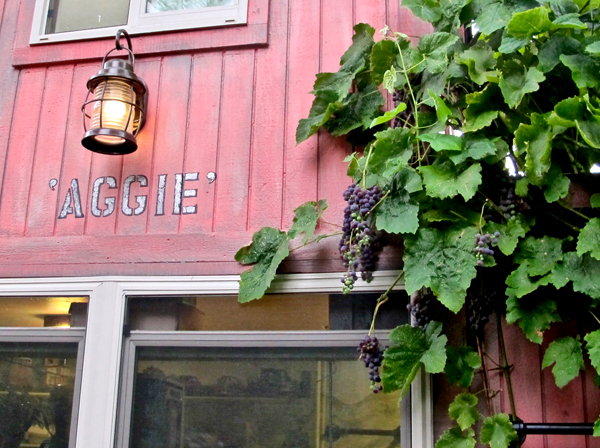
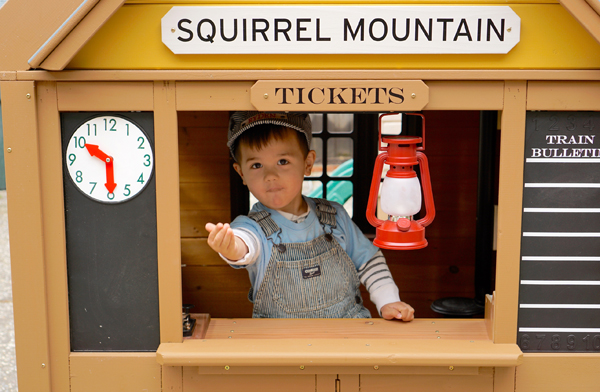
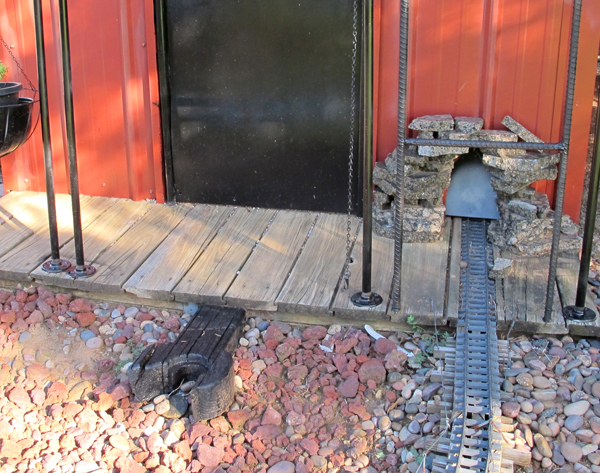
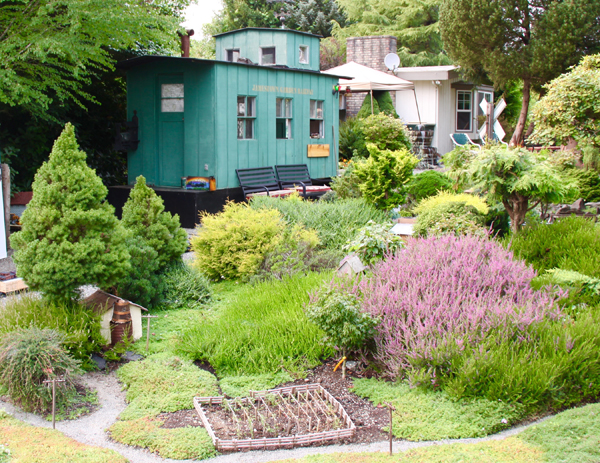
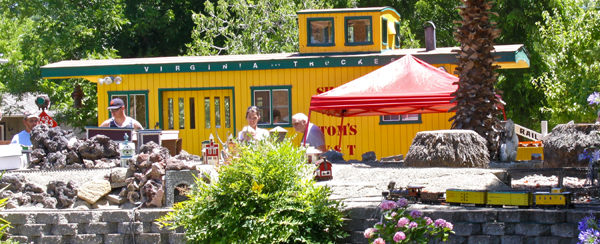
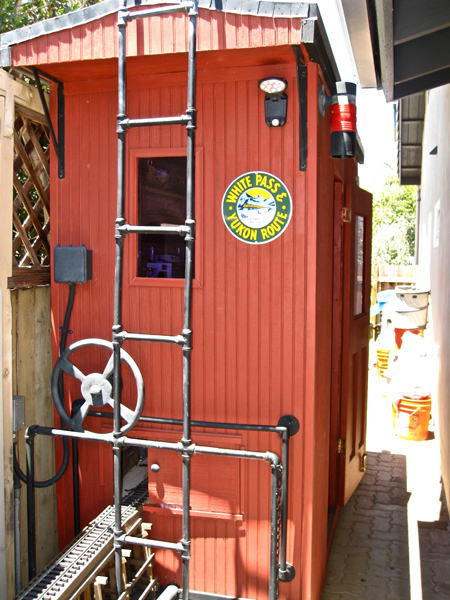
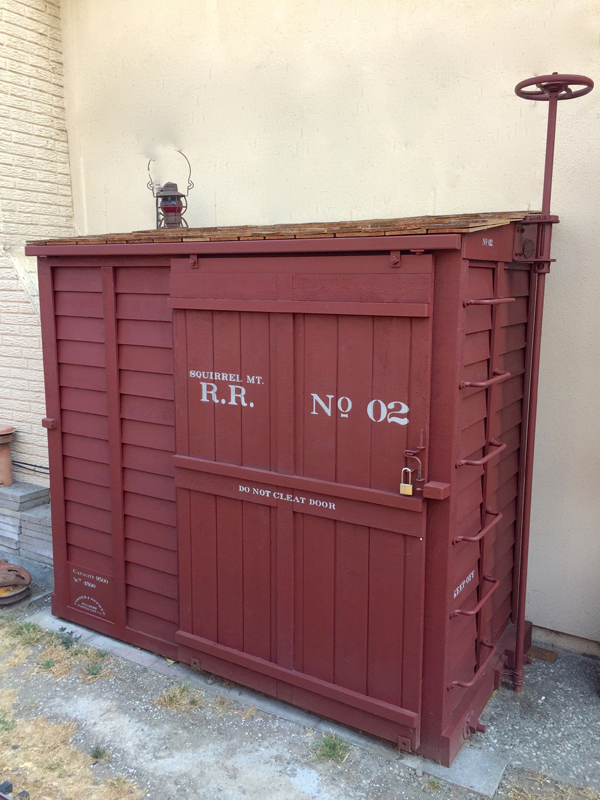
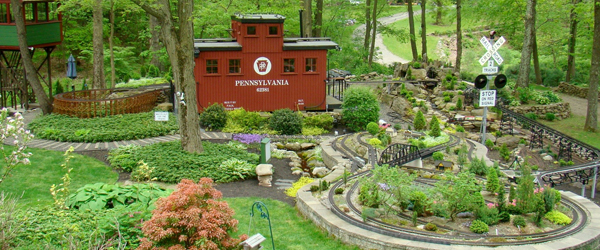
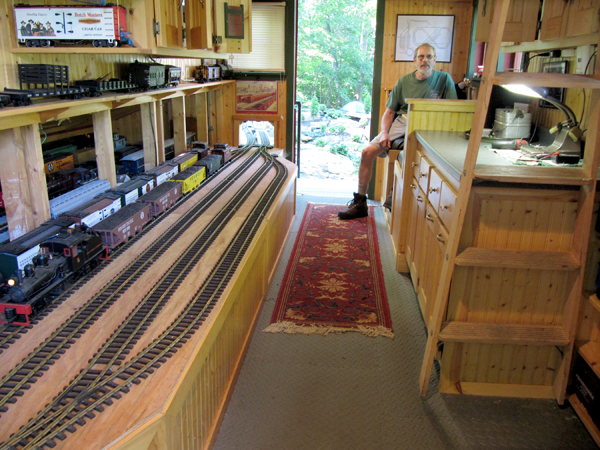
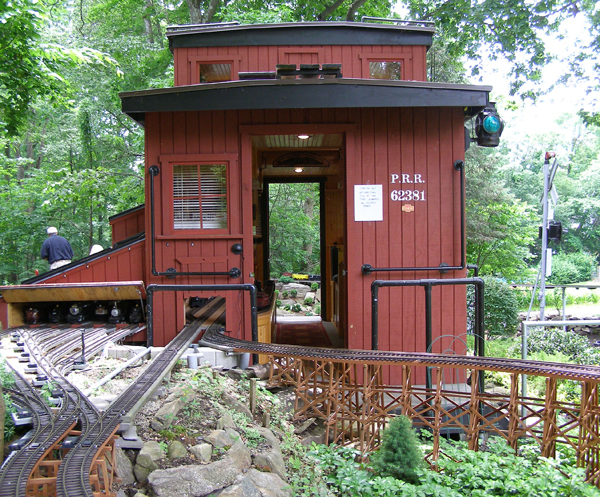
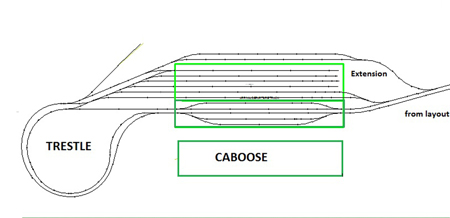









In one word: WOW!
The late great Miss Bobbye Hall, who owned and operated Hall’s Hobby House in Dallas, Texas, for over fifty years would have put it this way: CUTE! Regardless, despite the fact I live in Ansbach, Germany, as do my children, my daughter happens to live outside of town in the country and I intend to pass along this to her in hopes that she’ll consider building a caboose storage shed where I can operate my proposed Texas & Rio Grande Western* large scale layout. By the way, she loves trains too, especially Burlington Northern!
*T&RGW: In respect and memory of the late Bill McClanahan, Dallas Morning News employee and author of the classic Model Railroader book, published by Kalmbach, Scenery for Model Railroads. Bill’s freelanced HO scale layout was named Texas & Rio Grande Western.